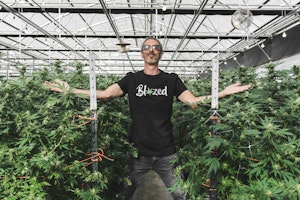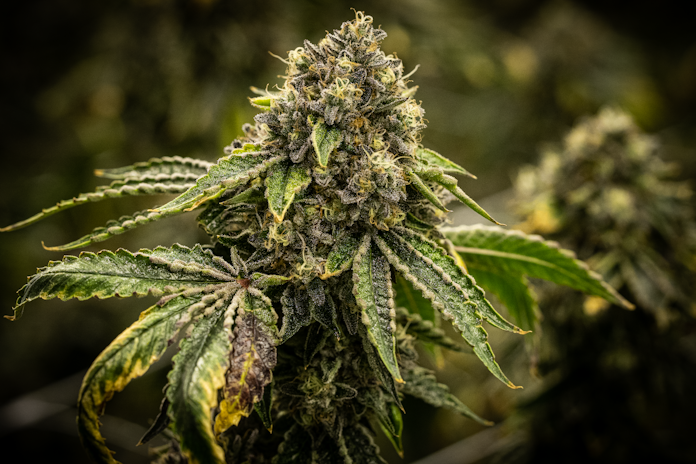
How to Grow Autoflower: Autoflower Grow Guide
Everything you need to know about growing autoflower.
About The Writer:
Parker is a cannabis cultivator and advocate for the medicinal benefits of cannabis. With a decade of growing experience, he specializes in soil-less and hydro grows and has expanded his knowledge base to include outdoor, greenhouse, and indoor grows. Parker’s interest in botany began as a child, learning from his grandmother in the garden, and he has since merged his career, hobbies, and interests to focus entirely on cannabis cultivation and education.
Are you ready to learn how to grow autoflowers?
Autoflowers are a fascinating category of cannabis plants.
There are two primary benefits of cultivating autoflowers.
The first benefit is that they flower faster than regular cannabis seeds, so you can harvest crops multiple times a year.
The second is that, unlike their photoperiod counterparts, they switch from vegetation to flowering automatically. There’s no messing around with light schedules. This benefit is perfect for novices and others still perfecting their cultivation skills.
You may have heard that autoflowers aren’t the right choice for newbie growers. Sure, in the past, that may have been true. First-generation autos were a little fussy, and you couldn’t fix any wrong move in the tight flowering stage, and harvests were drastically reduced or lost.
The good news is that better breeding makes them much more resilient than before and has better recovery periods. Let’s face it, we all make mistakes, so having hardier plants just makes more sense.
First, I’m going to go over some decisions you need to make before physically planting your seeds. Then I’ll go over a week-by-week guide, which you can follow to see how you’re tracking.
Let’s go!
Before You Grow
You have some decisions to make before putting that first autoflower seed into the ground (or whatever medium you choose), so let’s look.
The most significant question is whether to grow indoors or outdoors. For many, this decision is already made based on their location and available space. Let’s look at the positives and negatives of each.

Indoor Growing
Growing autoflowers indoors has several benefits.
Control Over the Growing Environment
Growing indoors allows you to have complete control over the growing environment, feeding, temperature, and humidity.
Autoflowers thrive best when given 18–20 hours of light daily. Outside this is not always possible.
Indoor cultivating tends to lead to more consistent growth and higher yields.
Increased Potency
By controlling the growing environment, you can potentially increase the potency of your buds. By providing optimal conditions indoors, you can produce more potent and flavorful cannabis.
Year-Round Growing
With indoor growing, you can grow cannabis year-round regardless of the outdoor climate or weather conditions. This choice allows for more flexibility and control and multiple harvests.
Stealth
Do you have a problem with nosey, judgy neighbors? Cultivating indoors can be a more discreet option to keep your grow operation private.
You can control the odor with carbon filters and keep the plants out of sight from prying eyes.
Indoor Challenges
It’s vital to remember that indoor growing requires more setup and maintenance than outdoor growing and can be more expensive in terms of electricity and equipment.
Outdoor Growing
Growing autoflowers outdoors can be an excellent option if you have the space; here’s why.
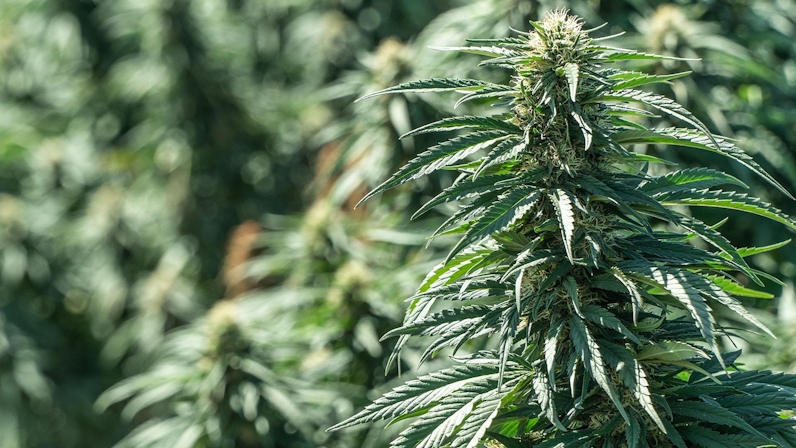
Natural Sunlight
Growing cannabis outdoors can take advantage of natural sunlight, which can provide optimal conditions for growth. The significant benefit is the reduction of energy costs associated with artificial lighting.
More Natural Growth
Outdoor-grown cannabis plants are exposed to natural elements such as wind and rain, which can lead to more natural growth patterns and more robust, sturdier plants.
In tropical climates, you don’t need to water as often as the rain has done the work for you. Unless, of course, you’re cultivating in a greenhouse. You’ll need to treat that environment as if it was indoors.
Improved Terpene Profile
The natural environment can also contribute to enhanced flavor and aroma in your buds, as the terpene profile of the plant may be affected by outdoor elements.
Challenges of the Outdoors
Growing cannabis outdoors also has some disadvantages, such as a lack of control over the growing environment and vulnerability to pests and extreme weather conditions.
The other consideration is the need to comply with local regulations regarding outdoor cultivation.
Choose the Right Autoflower Seeds for You
Autoflowering cannabis cultivars are available in various types, and it’s not a matter of ‘any old one will do.’ There are some decisions to make. The range of Autoflower seeds from Homegrown Cannabis Co are abundant.
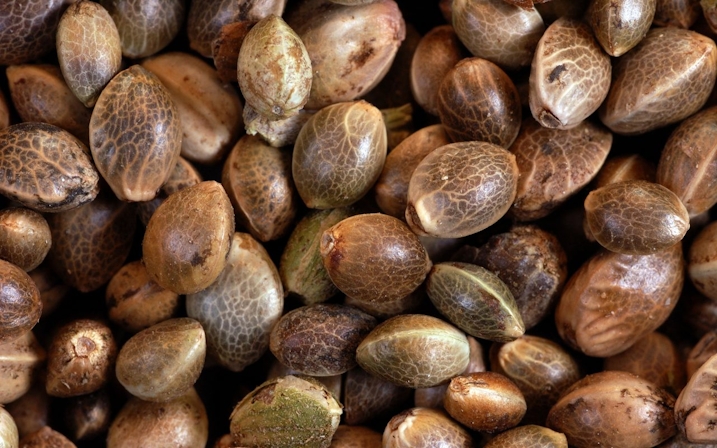
Yield
Look for cultivars with a decent yield and are known to produce high-quality buds. Remember that the yield may also depend on your growing conditions, so make sure to choose a cultivar that matches your setup.
LSD Autoflower, for example, given the right amount of TLC, can yield an impressive 23 oz./m2 indoors.
THC/CBD Levels
Consider the levels of THC and CBD in the cultivar.
If you want a more potent cultivar, choose one with higher THC levels. Bruce Banner Autoflower has up to 26%
However, if you’re after a more medicinal one, look at higher CBD levels. CBD Haze Autoflower has been tested as high as 8%.
Flavors, Aromas, and Effects
Look for cultivars with your desired taste and aroma profile. There’s something for everyone these days. Big Cheese Autoflower is a classic example.
As for the effects. Do you want an indica like Critical Mass Autoflower for a more relaxing experience or a sativa such as Amnesia Auoflower to feel more energized?
Genetics
Consider the genetic makeup of the cultivar. Some may be more stable and easier to grow, while others may be more demanding and require more attention.
For example, Durban Poison Autoflower is a landrace crossed with ruderalis. This match is about as stable and hardy as you’ll get.
Make sure to choose a cultivar that matches your skill level and experience as a grower.
Educate Yourself on the Cultivar
Each autoflower cultivar will respond differently. There are loads of product pages online to brush up on nutrients, water, temperature, and flowering time for the cultivar you’ve chosen to grow.
For example, the White Widow Autoflower grow time — the entire period from seed to harvest — is the standard 12 weeks, compared to Skunk Autoflower, which finishes three weeks faster.
Being fully prepared will equally meet your and your plant’s expectations.
Now that you’re armed with everything you need, here’s a look at what you can expect, on average, week by week.
What to Expect Week by Week
Autoflowers can go from seed to harvest in as little as eight weeks. My autoflower grow guide follows a standard 12 weeks.
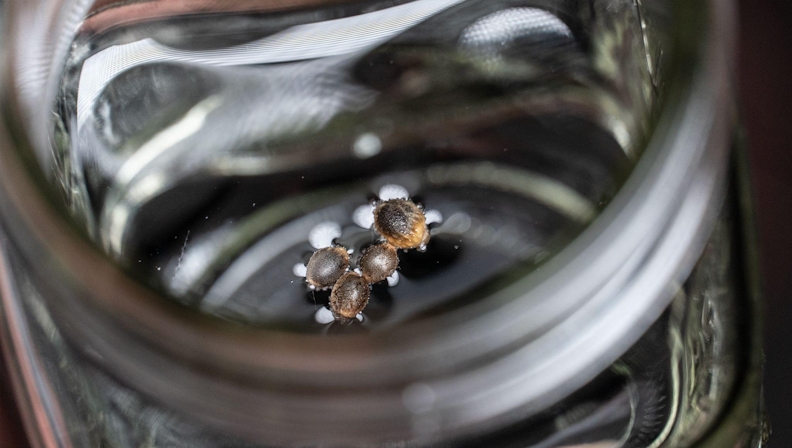
Week 1 - Germination
The first stage of your process is getting that tiny tap root to sprout. There are a variety of methods you could use. You can achieve success in as little as 24 hours. If by day 7, there’s no activity; your seed is most likely a dud.
Pro tip: For indoor growers, to avoid transplant shock, place your popped seeds, tap root down, into the final pot you’ll use for the entire cultivation period.
Week 2 - Seedling

During week 2, you need to be gentle with the seedling. Don’t go crazy feeding it; start with half the recommended dose on the packet, then add more once you see how the plant responds.
Humidity is your best friend during this period. Indoor cultivators can add a humidifier to the grow room, or even an open bucket of water can do the trick.
How do you know when the seedling stage is over? When your plants have developed fully-fingered fan leaves.
Week 3–4 - Vegetation
The vegetation stage is the one that needs the most attention from you but is also the same time when mistakes can happen, so proceed with caution.
It won’t be long before your crops reach 4–6 inches. When they do, it’s time for some low-stress training. Bending, scrogging, and tying off are options that autoflowers respond to. The purpose of these techniques is to maximize the yield by controlling the height, size, and shape of the plant.

Regular cannabis cultivators choose this time to top their plants to get more colas. Autoflowers don’t respond well to high-stress training, so avoid this at all costs. There isn’t enough recovery time for them during flowering.
Temperature and humidity need to be adjusted halfway through this stage. 68℉ and 50% should be your targets.
Be careful not to over-water; the amount of liquid you need daily depends on the container’s size, the plant, and the ambient temperature.This amount is cultivar-specific, so check that before reaching this stage.
Week 5–8 Flowering
Flowering is the phase most growers look forward to the most. This is the time when you get to see nature at work.
The beauty of autoflower is that they switch to this phase all on their own. When they’re ready, flowering will begin.
It’s time to up the feeding. Your crops will be hungry, so ensure they’re getting the nutrients they need. Following the packet instructions works well here.
For some autoflowers, the flowering phase could be as little as two weeks; for others, it might be four. Monitor them carefully during this time to watch for the time to harvest.
Weeks 9–12 - Harvesting
Are you ready to reap what you’ve sown?
There are four things to check for to determine harvest readiness.
- Trichomes: Check the color if they’re primarily cloudy or milky; it’s time to harvest. If they’re mostly clear, wait a bit longer.
- Pistils: When 50-70% of the pistils have changed from white to orange or brown, the plant is nearing maturity.
- Bud Size: If the buds have stopped growing and have reached their maximum size, they’re done.
- Smell: When the buds are mature, they will have their strongest, most pungent smell.
When they’re ready to be harvested, ensure you’re all organized as far as curing and storing go.
Tips and Tricks
Due to the speedy nature of autoflowers, having a few tricks up your sleeve can help boost yields.
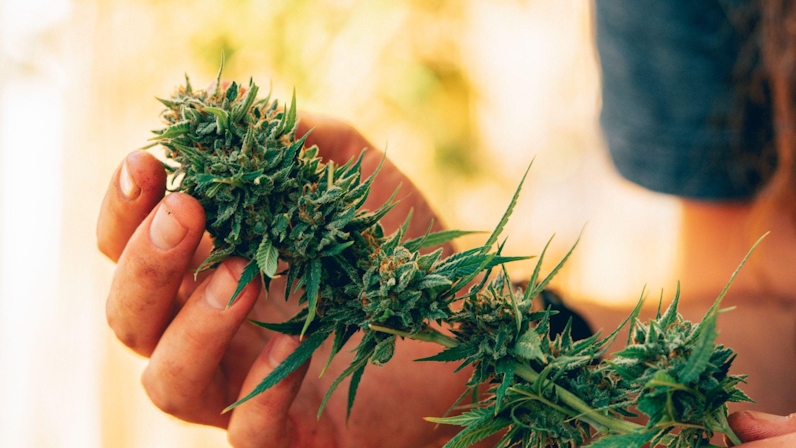
Growing Medium
Autoflower cannabis can be cultivated in various mediums; soil, coco coir, and hydroponics are the primary three.
Each medium has its own advantages and disadvantages, so choosing the best one for your autoflower grow will depend on your specific needs and preferences.
Here are some of the most popular growing mediums for autoflower cannabis:
Soil
Soil is a traditional growing medium that many cannabis growers, especially newbies, prefer. It’s easy to use and provides a natural growing environment for plants.
Soil is commonly rich in nutrients, which can help plants grow strong and healthy. However, soil can be more susceptible to pests and diseases and requires more maintenance.
Coco Coir
As a soilless media, coco coir is a popular alternative. What’s great about it is that it’s an eco-friendly and easy-to-use renewable resource.
The beauty of coco coir is that you can integrate it into a hydroponic system and topdress beneficial bacteria.
Most importantly for autos, it’s also pH-neutral and has excellent water retention. The advantage here is that it protects your plants from drying out.
Be careful, though, as this could lead to overwatering. Keep an eye on the moisture levels before adding any more.
Coco coir does require more frequent watering and nutrient applications compared to soil.
Hydroponics
Gaining in popularity, hydroponics is a soilless growing method that uses nutrient-rich water as a growing medium and a variety of soilless media (like coco coir or rockwool) as substrate.
Some cultivators adopt the deep water culture (DWC) method, where the roots hang directly into the nutrient solution.
It allows for precise control over the growing environment and can lead to faster growth and larger yields.
However, hydroponics requires more equipment and maintenance than soil or coco coir and can initially be more expensive.
More experienced growers are the best ones to play around with hydroponics. Why? It’s less forgiving than other mediums. You’ve got to be completely on top of your nutrient solution, ensuring pH, PPM, and temperatures are correct. Hydroponics can damage roots if the nute balance is out.
Light Schedule
Don’t fall into the trap of assuming that autoflowers don’t need light. The misconception comes from the fact that they don’t need a change in the light schedule to trigger flowering.
They still need loads of the good stuff throughout the entire growing cycle.
Many cannabis cultivators keep the lights on 24/7, claiming they get the best results. But, you need to give the plant a chance to rest and for the roots to flourish during the darker time.
I prefer to provide them with 20 hours of light until partway through the flowering stage, then drop it slightly to 18 hours for the final few weeks.
Flushing
In the past, it was recommended to flush autoflowers before harvest to improve the quality and taste of the buds.
Flushing is the process of giving your plants only water for some time before harvesting to remove any excess nutrients and minerals that may have built up in the growing medium or plant tissue.
The benefit of flushing your autoflower plants is to ensure that the buds are free of any harsh or unpleasant flavors caused by excess nutrients. What this does is improve the smoothness of the smoke and the overall quality of the end product.
The ideal time to flush your autoflower plants will depend on the specific cultivar, growing conditions, and personal preference.
Things have changed, though, and I don’t feel this process is necessary.
If you feel strongly about it, I recommend you only flush them for 2–3 days tops, just before harvesting. During this time, you should only give your plants plain water without any added nutrients or supplements.
Remember that over-flushing can lead to nutrient deficiencies, which can negatively impact the yield and quality of your plants.
If you notice any signs of nutrient deficiency, such as yellowing leaves or slow growth, you may have caused some damage by your flushing. It’s too late now to add more nutes. Be careful, though. Towards the end of their cycle, a slight fade in color is standard, so don’t react too hastily.
Cultivating Autoflowers
As you can see, growing autoflowers is a really speedy process, and with time and practice, there’s no reason you can’t get four or even more harvests a year. That’s a lot of flower and bud.
The trick is to be fully prepared, be realistic about the location, choose your cultivars appropriately, and educate yourself on the specifics of that one.
Follow my week-by-week guide, as that will give you a rough idea of what to expect. Remember, autoflowers have a genetically predetermined life cycle, so they won’t stick strictly to this plan. Monitor the crop constantly, and it’ll guide you as it develops.
Most of all, enjoy the experience. Your first few harvests may not be exactly as you expected, but they’ll get there, and you’ll end up loving the cultivation of autoflowers as much as I do.
Herb Recommended Products:
READ MORE
